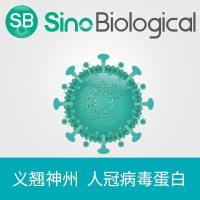Sulfation is a major reaction in phase II drug and xenobiotic metabolism. It is catalyzed by a family of enzymes, the sulfotransferases (SULTs), and involves the enzymatic transfer of a sulfonate group from a donor molecule (known as 3′-phosphoadenosine 5′-phosphosulfate [PAPS]) to either an hydroxyl moiety or an amine group. Although sulfation often results in enhanced excretion of xenobiotics, there is an increasing appreciation for examples whereby sulfation results in bioactivation and hence increased toxicity. This chapter provides background on the current state of knowledge of the SULT enzymes in humans, focusing on both those that metabolize endogenous substrates such as androgens and estrogens, and those that metabolize drugs and other xenobiotics. Insight into techniques for the expression and purification of human SULTs is also presented, highlighting difficulties that have arisen and approaches that have circumvented these problems. The chapter then describes procedures for the enzymatic assay of SULT activity, again highlighting some of the unexpected problems that have arisen and approaches that have circumvented some of these difficulties. Finally, the last two sections summarizes approaches that have been used to detect SULTs and immunohistochemistry approaches that have been used to localize these enzymes.






